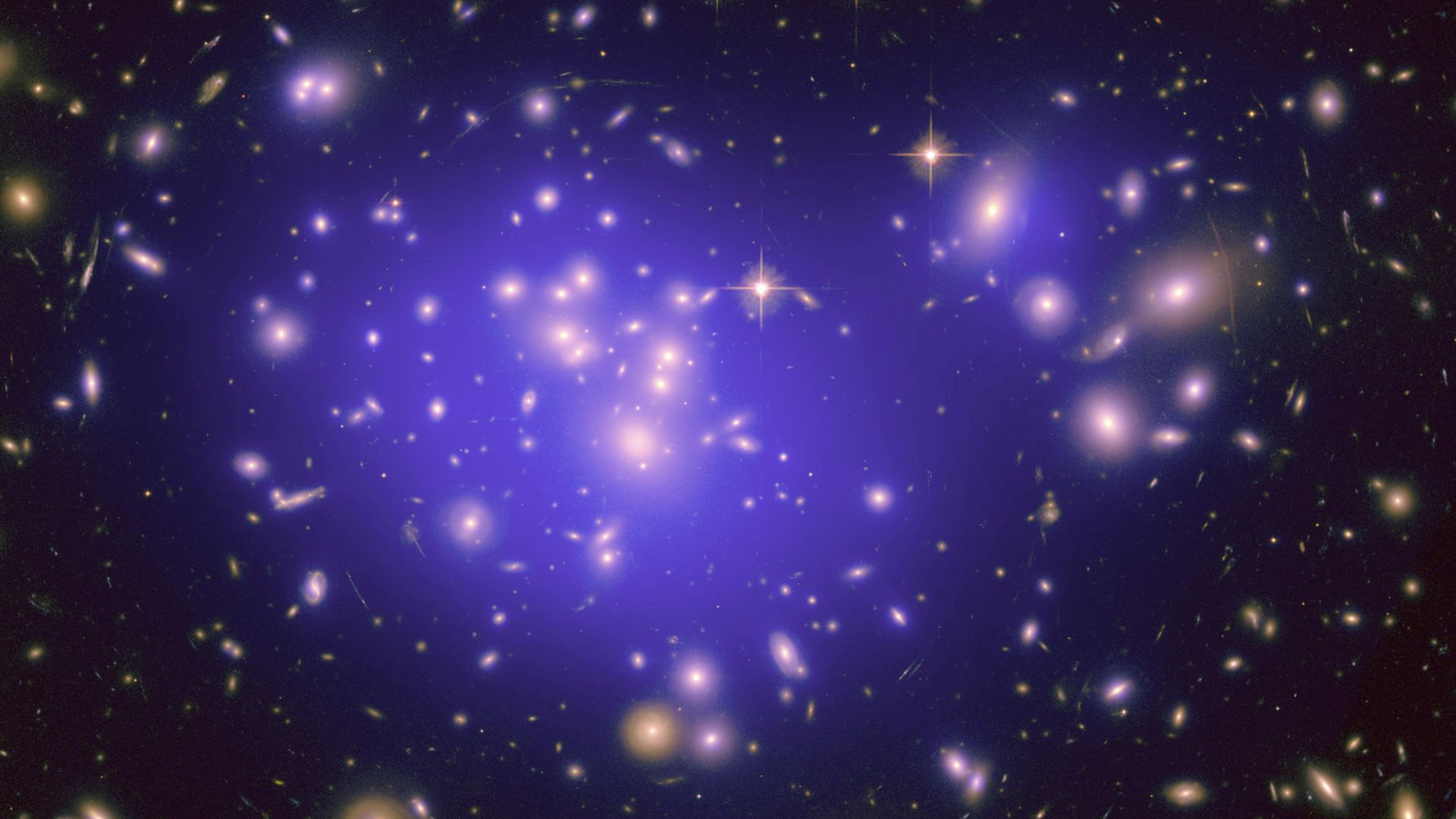We just learned a lot more about dark matter
New light on dark matter

While we still know very little about dark matter - other than that we can't feel it or see it, though it accounts for 27% of all matter and energy in the universe - a new study shows that the relationship between the mysterious cosmic energy and galaxies is much more complex than we first thought.
Scientists have so far discovered that the denser a galaxy cluster (which is typically made up of hundreds of thousands of galaxies that are bound together by gravity), the more dark matter it has in its surrounding environment.
The new study, published today in Physical Review Letters and led by Hironao Miyatake, shows that the surrounding dark matter environment not only affects how heavy a cluster might be, but also the location of the clusters as well, according to NASA.
To provide a little cosmic orientation, the Milky Way sits in the Virgo or Local Supercluster.
Universal structure
The researchers studied approximately 9,000 galaxy clusters, dividing them into two groups: densely packed clusters and clusters in which galaxies were more spread out.
Normally, galaxy clusters are separated from each other by about 100 million light-years, but by comparing the two types of clusters, the researchers found that denser clusters had fewer neighbors at this distance than the less packed ones.
"This difference is a result of the different dark matter environments in which the groups of clusters formed," Miyatake said.
Get daily insight, inspiration and deals in your inbox
Sign up for breaking news, reviews, opinion, top tech deals, and more.
"Our results indicate that the connection between a galaxy cluster and surrounding dark matter is not characterized solely by cluster mass, but also its formation history."
According to NASA, the leading theory is that during the formation of the universe, the density of matter was distributed non-uniformly, and the researchers believe that the position of galaxy clusters that we see today have resulted from this.
"The connection between the internal structure of galaxy clusters and the distribution of surrounding dark matter is a consequence of the nature of the initial density fluctuations established before the universe was even one second old," Miyatake said.
Miyatake is hoping to learn more about the evolution of the universe and the role of dark matter and dark energy by exploring this connection further.
Top image credit: NASA/ESA/JPL-Caltech/Yale/CNRS